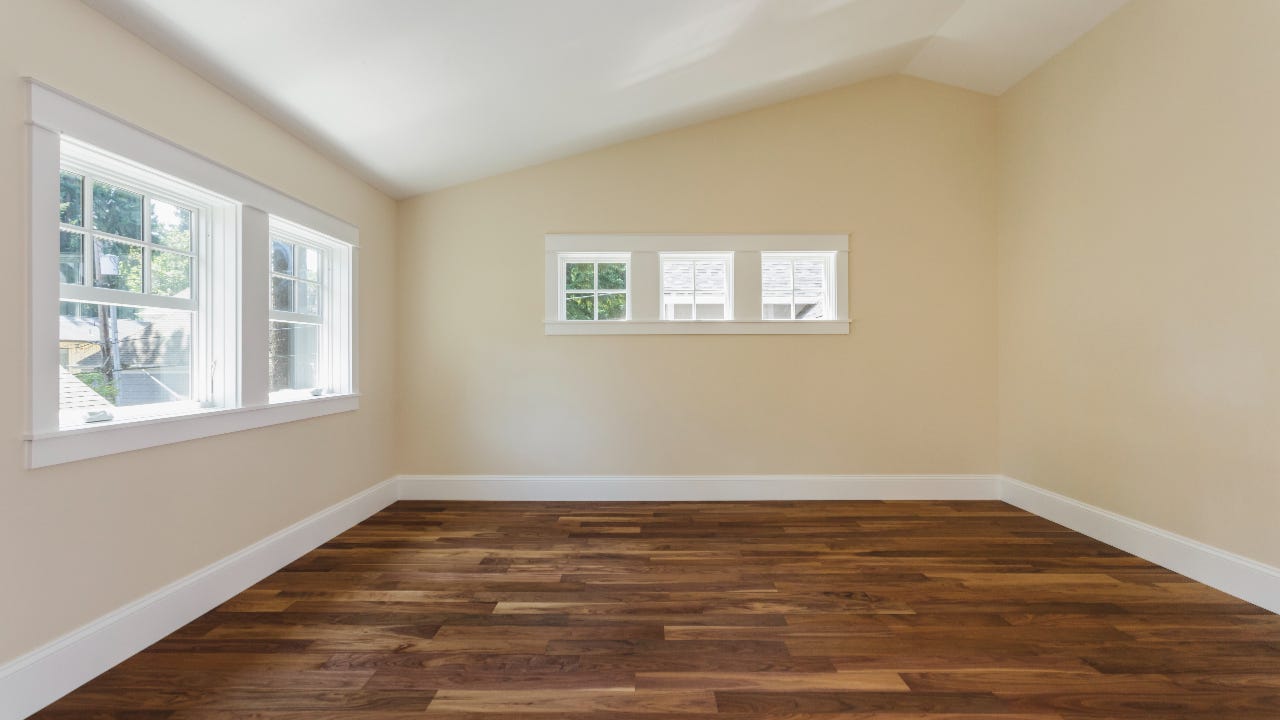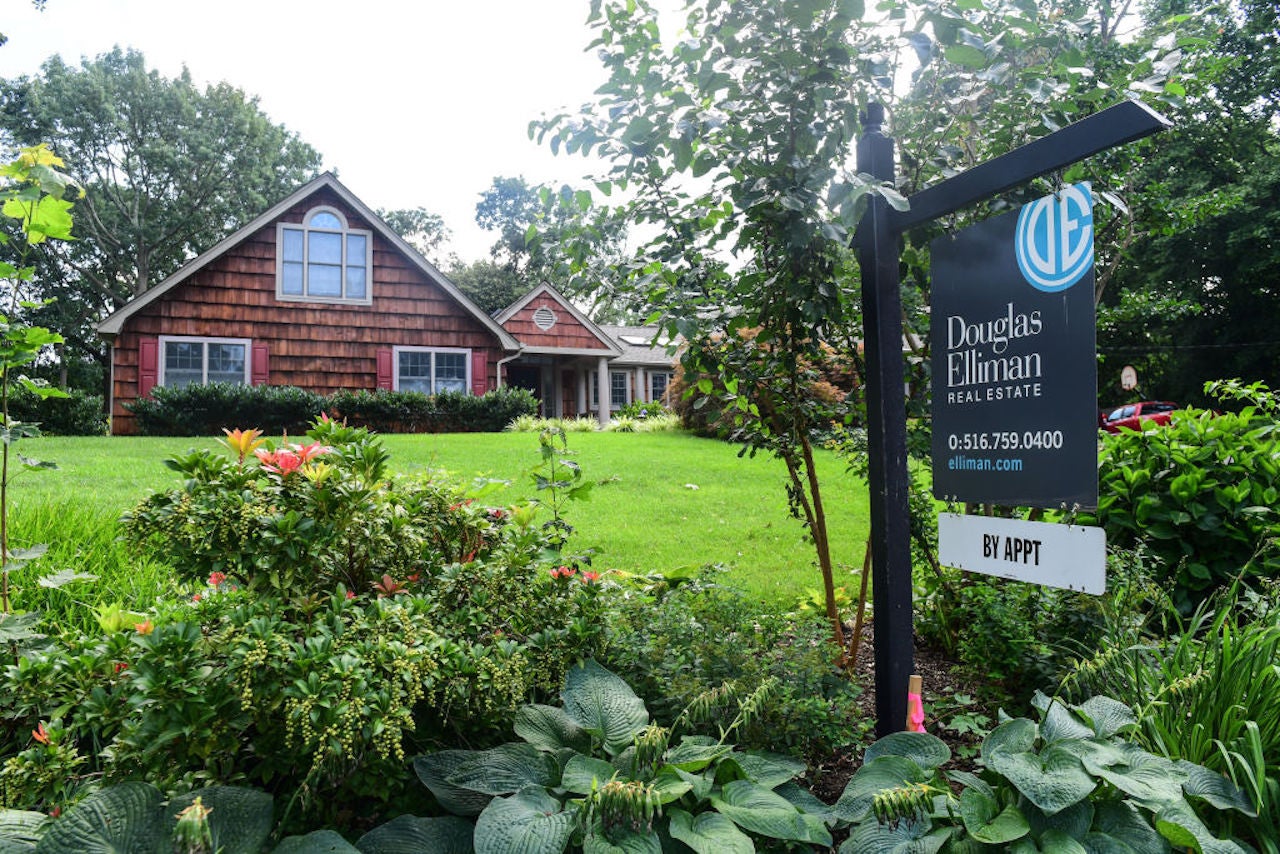Understanding why some homeowners of color ‘whitewash’ their homes before appraisals

When Jillian White was helping her parents sell their home, she went through the process of “whitewashing” the property to try to get the highest possible purchase price.
In an interview with Bankrate she described removing family pictures from the walls and recalled how taking down one photo was particularly emotional.
“My baby brother’s kindergarten graduation photograph,” she said. “If he were to catch me doing this, what would I say to him?”
She paused as she reflected on how difficult that moment was before adding, “the exercise of erasing yourself, it’s not an easy ask.”
White, who now serves as the head of collateral at Better.com, said her experience of removing personal effects from a property ahead of a sale or an appraisal is a common one for Black homeowners, and is a symptom of ongoing inequities in real estate that have their roots in the country’s history of racism. That history disadvantaged generations of nonwhite homeowners and is the basis for the ongoing mistrust many still hold.
What is whitewashing?
“Whitewashing is a practice of nonwhite homeowners erasing themselves from their home. When there’s no indication of the inhabitants, the assumption is that a white family lives there,” White said. “Public trust has been broken. The symptom of that broken trust is whitewashing.”
The need to whitewash a property ahead of an appraisal is “conventional wisdom in the Black community,” White added, and said that when she started speaking about her own experience openly, “100 percent” of her Black friends told her they had done something similar.
Jessica Brown, an appraisal trainee with Treffer Appraisal Group in Annapolis, Maryland, and a consultant with Area Probe, a national real estate consultancy, agreed that the practice of whitewashing comes down to a lack of trust by nonwhite homeowners, and said it’s a symptom of a long legacy of discrimination in real estate.
“The larger issue is Black homeowners’ lack of trust in the appraisal process. If you look at the Appraisal Foundation, which is our governing body, and you look at the Uniform Standards of Professional Appraisal Practice, which are the rules that appraisers must follow, all of those things are built on being unbiased, impartial, fair, and the public and consumers trusting that appraisers are unbiased and impartial,” Brown said. “If any segment of the general public is lacking trust in the appraisal profession, whitewashing is the type of thing that you’re going to see.”
Why whitewashing puts homeowners of color at a disadvantage
The practice of whitewashing itself may not directly disadvantage nonwhite homeowners, but it is a sign of what some see as a larger structural problems in real estate.
“I would definitely prefer to say something like, ‘whitewashing is a consequence of a lack of trust in the appraisal process,’ instead of problematizing this consequence of everything that’s come before it,” Brown said.
Nonwhite families were historically barred from certain neighborhoods and relegated to less desirable areas, and that history helped a perception developed that Black-owned homes are just generally worth less than white-owned ones. Despite Fair Housing and other policies meant to address inequities in real estate, many Black families continue to feel they must hide who they are if they want to maximize the value of their property’s appraisal.
“Real estate is one of if not the biggest source of wealth for an individual or a family,” Brown said. “Home values are so contested and important because it can literally change the financial future of a family.”
Even if appraisers aren’t consciously discriminating against Black families, lower property values in majority-minority neighborhoods, which are often based on previous sales data, can reinforce the idea that Black-owned properties have lower values.
“They’re two separate issues that have this compounding effect. Black neighborhoods, their property values are on average lower and this is the aftermath of redlining and financing being unavailable in a very systematic way,” White said. “Then you layer on top of that the individual biases of appraisers coming in. It’s not intentional, but that’s how Black wealth gets chiseled away at.”
A report released by Fannie Mae last month found that Black homeowners typically received lower appraisals on their properties than white homeowners, and that white-owned homes in majority-Black neighborhoods were the most likely to be overvalued by appraisers compared with automatic appraisal predictions.
How can this be addressed?
“There is a history of redlining that has led to inequities in homeownership for people of color, and as a residential appraiser myself, when I see stories about consumers who feel they were treated differently because of their race, it is personally troubling because that is not who we are as a profession,” Jody Bishop, president of the Appraisal Institute, said in a statement. “Unconscious bias exists in various forms, and no profession is immune from that. What we strive to do at the Appraisal Institute is work to educate ourselves about potential bias, and how to interrupt it so that consumers can feel like they are putting forward their authentic selves in their homes.”
Grappling with that history starts with diversifying the ranks of appraisers.
“In a profession that has a legacy of being mostly white and male, AI is committed to educating, enriching and encouraging a new generation of young, diverse and women appraisers who can really change the face of the real estate industry,” Bishop said.
Better.com is undertaking a similar effort to encourage and help more women and people of color to join the ranks of active appraisers, and experts agree that efforts to increase diversity are crucial to helping nonwhite homeowners gain greater trust in the appraisal system.
Beyond that, Brown said, addressing inequality in real estate is going to take major policy changes and intentional, fundamental shifts in how people value living in diverse neighborhoods.
“After Brown v. Board of Education in 1954, when schools were mandated to integrate, the attitudes of parents surrounding that over time became more supportive of the idea. It was a big deal in 1954, going to an integrated school. Now, in 2022, not so much. Diversity is looked at as a benefit in a school setting,” she said. “I think about real estate and neighborhoods the same way. It has to be a marriage between policy and people’s attitudes.”
In the shorter term, Brown added, many activists advocate payments to Black homeowners whose property is undervalued as a result of racist historical policies.
“We’re talking about home values that are just a lot lower than what they should be,” she said. “We’re talking about dollars and cents here. That’s why it’s fair for restorative justice and reparations to be part of this conversation.”
Bottom line
Whitewashing is a lingering effect of segregation in real estate that disadvantaged nonwhite families. Helping Black homeowners trust the appraisal system more is just part of making the real estate market fairer, but for many the act of whitewashing is a reminder that the system continues to be unequal beyond the biases of any single industry professional.
“In the case of my family, our home was forever changed after that. A lot of the pictures never made it back on the wall,” White said. “It’s extreme when somebody feels they have to whitewash. It’s never done casually.”
Learn more:
- How the legacy of environmental racism continues to shape housing in America
- Black homeownership rates have fallen in the last decade. Here’s how to reverse that trend.
- To make housing market fair, sweeping changes required, advocate says





